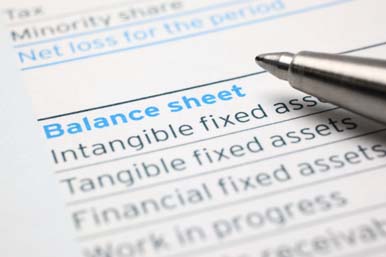There are three major credit rating agencies that score the investment quality of stocks and bonds, one of the best known being Standard & Poor’s (S&P). This week S&P downgraded United States bonds from AAA (“Triple-A”) to AA+. Both are strong, investment-grade ratings. Both AAA and AA+ would be considered safe long-term investments. If you’ve been watching the news lately you can only begin to guess which of the US’s laundry list of troubles sparked the recent downgrade. If anything, you might wonder, “Why now?”
The housing bubble officially burst around 2007. The US government bailed out numerous financial institutions in the past few years. The US trade deficit reached an all-time high this year. And the two main political parties basically played chicken with the budget threatening not to pay many government workers and to default on debt obligations. And now, when the government has finally come to some compromise and raised the debt ceiling, now that the government has confirmed they will pay current interest and debt obligations, NOW their rating is downgraded?
Lets remember that the other two rating agencies, Moody’s Investor Service and Fitch Ratings still rate the US as top-quality or having the “smallest degree of risk” (Aaa). To better understand the US’s new status as an S&P AA investment, let’s begin with a little primer on Standard & Poor’s rating system. S&P has different criteria for rating independent governments or “sovereigns,” corporations, funds, and other types of investments. The alphabetic system outlined below is standard across all types of investments, allowing for comparison of stocks, bonds, public companies, and foreign countries.
Investment Grade Security Ratings:
- AAA Safest, highest quality securities. Examples: Many governments and most companies on the S&P 500 index.
- AA+, AA, AA- High quality borrowers, highly safe, very strong.
- A+, A Quality financial securities, though more susceptible to economic changes.
- BBB Medium or adequate securities. Just secure enough for long-term investment, but vulnerable to economic changes.
Non-Investment Grade, AKA Junk Bonds:
- BB More prone to economic changes. Capacity to meet long-term commitments may be vulnerable.
- B Financial situation and ability to meet short-term commitments varies.
- CCC Currently vulnerable. Ability to meet commitments is highly dependant on favorable economic and environmental conditions.
- CC Highly vulnerable. Very speculative investments.
- C Most vulnerable. Possibly in bankruptcy, but still paying some obligations
- CI Past due on interest. (Has not met current debt obligations).
- R Under regulatory supervision or regulatory action, like liquidation.
- SD Has selectively defaulted on some obligations.
- D S&P predicts will default on most or all obligations.
- NR Not Rated.









